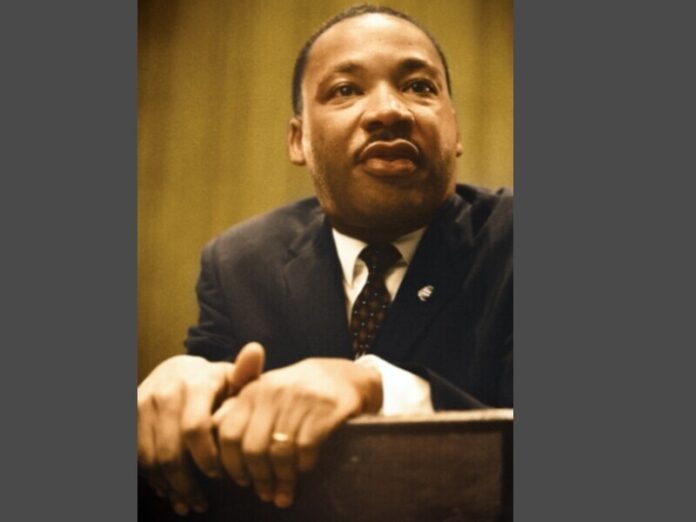
It takes quite a bit for a Federal Holiday to be created. There are currently 11 of them, 12 if you include Inauguration Day, which is celebrated every four years on January 20. The most recent being Juneteenth, which became a Federal Holiday in 2021. While it took 156 years for Juneteenth to become a holiday, it didn’t take as long for Martin Luther King, Jr. Day to become one. It only took 18 years, but it was a struggle nonetheless.
“The first federal holidays were created in 1870 when Congress granted paid time off to federal workers in the District of Columbia for New Year’s Day, Independence Day, Thanksgiving Day and Christmas Day,” according to The Federal Reserve Bank website. “In 1880, George Washington’s birthday [unofficially celebrated as President’s Day] was added. In 1885, Congress extended some holiday coverage to all federal employees. Although Thanksgiving Day was included in the first holiday bill, it was not until 1941 that Congress designated the fourth Thursday in November as the official date.”
Federal holidays can only be designated by the United State Congress, unless it is a single day event, then it can be proclaimed by the President of the United Sates. There are five floating date holidays that always fall on a Monday, and Thanksgiving Day. The rest are on a fixed date. If that date falls on a Saturday or Sunday, it is celebrated on the closest weekday. A holiday falling on a Saturday is observed on the preceding Friday, while a holiday falling on a Sunday is observed on the succeeding Monday.
Individual states decide whether or not to celebrate a federal holiday. States can also observe local and city holidays that are not recognized at the federal level.
Here are some facts about how Martin Luther King, Jr. (MLK) Day became a holiday:
- MLK Day was introduced to Congress as a Federal Holiday in 1968, only four days after he was assassinated on April 4, 1968 by Representative John Conyers. Considered too controversial to become a national holiday both on racial and political grounds, the nomination was blocked.
- Before becoming a Federal holiday, a number of states and cities made MLK’s birthday, January 15, a holiday. The first state to recognize this day as a holiday was Illinois on September 17, 1973.
- Although MLK Day became a Federal holiday in 1986, signed off by Richard M. Nixon, it was not until 2000 that it was observed in all 50 states. New Hampshire was the last state to name the day as a state holiday in 1999. And South Carolina was the last state to ratify it as a paid holiday for state employees in 2000.
- The bill was brought before the House of Representatives again in 1979 with strong support from the King Center in Atlanta, and President Jimmy Carter. It needed a two-thirds majority vote to pass. It fell short by five votes.
- A new push began in 1981, starting with Stevie Wonder singing a version of “Happy Birthday” to promote the holiday, and a 500,000 people strong march on Washington, D. C. where Coretta Scott King presented a petition with six million signatures to House Majority Leader Tip O’Neil.
- North Carolina Senator Jesse Helms filibustered the 1981 vote in opposition, then accused MLK of being a communist in a 400-page brief. In spite of Helms, the vote passed the Senate by 12 votes.
- Refusing to ratify the bill in 1990, Arizona lost about $500 million in revenue when the National Football League pulled the Super Bowl from the state and moved it to Southern California.















